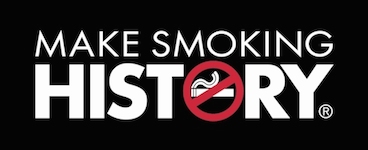PROJECT
Reducing availability of tobacco in Australia
Saving lives through tobacco reduction
Tobacco products remain pervasively and ubiquitously available in the retail landscape, and this is at odds with gains made in most other areas of tobacco control in Australia. The widespread availability of tobacco products normalises their use and there is growing evidence that the presence of these products in stores can undermine cessation efforts.
Longitudinal studies in Australia and the United Kingdom show two out of three smokers will die as a result of smoking if they do not quit, and that smokers die, on average, 10 years earlier than non-smokers. Unfortunately it is those already experiencing poor health and social disadvantage that carry most of the burden associated with tobacco use. The work in tobacco control is not yet done, and much more remains to be achieved to further reduce smoking rates in Western Australia.
There are currently around 3500 retailers licenced to sell tobacco products in WA. This equates to 139 tobacco sellers per 100,000 population in WA. Currently, there is no limit on the number of licences that can be issued, and the licence fees are minimal. There are growing calls internationally and in Australia to reduce tobacco availability, given the magnitude of preventable death and disease caused by this product.
Over the last four years, we have been collaborating with the Cancer Council WA on research relating to the retail availability of tobacco to inform policy measures to reduce access to this harmful product.
PhD Opportunities
Step 1 - Criteria and readings
- Check criteria
- Readings
Step 2 - Submit enquiry
Once you have ensured you meet the eligibility criteria and are ready to discuss a proposal, contact the research team leader to identify a potential supervisor.Step 3 - Lodge application
After you have discussed your project with the research team leader you should be in a position to proceed to step two of the UWA application process: 'Lodge an application'. Different procedures apply to domestic and international students.Collaboration partners



